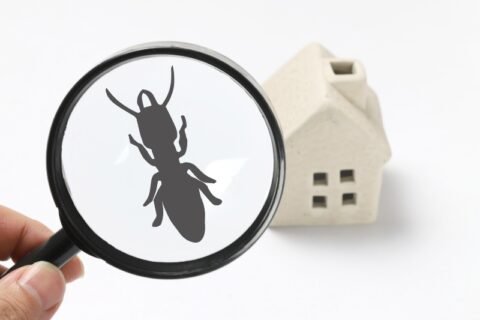Long Beach, California, with its coastal climate and diverse urban landscape, is not only a haven for residents but also for certain pests, notably termites. If ignored, these silent destroyers may wreak havoc on homes and result in expensive structural damage. Nonetheless, people can successfully detect and avoid termite infestations with knowledge and preventative actions. In this article, we’ll delve into essential strategies for safeguarding your Long Beach home from these persistent pests.
Understanding Termite Behavior
Before diving into prevention tactics, it’s crucial to understand the behavior of termites. These insects eat cellulose-containing materials like cardboard, paper, and wood and flourish in warm, humid climates. Long Beach’s mild climate provides an ideal habitat for termites, making homes susceptible to infestations, particularly during the spring and summer months.
Identifying Signs Of Termite Infestations
Preventing extensive termite damage requires early identification. Homeowners should remain vigilant and watch out for the following signs of termite activity:
- Mud Tubes: Termites construct mud tubes along surfaces to protect themselves as they travel between their nest and food source. Check for these pencil-sized tubes along the foundation, walls, and crawl spaces of your home.
- Wood Damage: Inspect wooden structures, including beams, joists, and window frames, for signs of damage such as hollowed-out or sagging wood. Tap on suspected areas with a screwdriver; if the wood sounds hollow, it may indicate termite activity.
- Discarded Wings: Swarmers, or reproductive termites, shed their wings after mating. Finding discarded wings near windowsills, doors, or light fixtures could signal an active termite colony nearby.
- Frass: Frass, the termite droppings, are little pellets that resemble wood. Look for accumulations of frass near infested areas, indicating termite feeding and tunneling.
- Sagging Floors Or Ceilings: A home’s structural integrity may be jeopardized by severe termite infestations, which can cause sagging ceilings or flooring. If you notice any unusual changes in your home’s structure, it’s essential to investigate further for termite activity.
Preventing Termite Infestations
The best line of defense against termite infestations is prevention. The likelihood of termite damage can be considerably decreased for homeowners by putting proactive pest control long beach measures in place. The following are some practical preventative measures for Long Beach residences:
- Maintain Proper Drainage: Make sure water is directed away from your home’s foundation via your gutters and downspouts. Address any drainage issues promptly to prevent moisture buildup, which attracts termites.
- Eliminate Moisture Sources: Repair leaky pipes, faucets, and HVAC units to reduce excess moisture in and around your home. Proper ventilation in attics, crawl spaces, and basements can also help deter termite activity.
- Remove Wood-To-Ground Contact: Termites thrive in soil and can easily access wooden structures that make direct contact with the ground. Where possible, use concrete or metal barriers to separate soil from wooden elements such as decks, porches, and fences.
- Trim Vegetation: Keep shrubs, bushes, and trees trimmed and away from the exterior of your home. Overgrown vegetation can create bridges for termites to access your house and provides ample hiding spots for these pests.
- Seal Entry Points: Seal cracks, gaps, and crevices in your home’s foundation, walls, and roof to prevent termites from entering. Pay special attention to areas where utility lines and pipes penetrate the structure.
- Regular Inspections: Schedule annual termite inspections conducted by licensed pest control professionals. Early detection of termite activity allows for prompt treatment and prevents extensive damage to your home.
- Use Termite-Resistant Materials: Choose materials like treated wood, metal, or concrete that are resistant to termites when constructing or remodeling your home. These materials can lessen the chance of infestations and are less prone to termite damage.
Conclusion
Termite infestations pose a significant threat to Long Beach homes, but with proactive measures and regular inspections, homeowners can protect their properties from these destructive pests. By understanding termite behavior, identifying early warning signs, and implementing preventative strategies, you can safeguard your home and preserve its structural integrity for years to come. Remember, when it comes to termite control, prevention is always better than cure.
